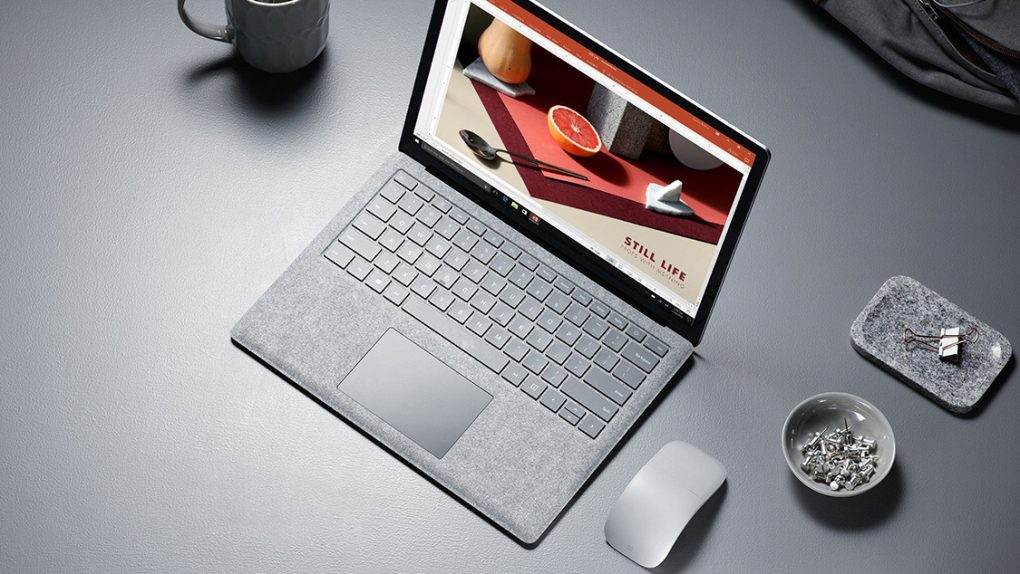Microsoft introduced Windows 10 a few years ago and at the time, the company said that it was hoping to have its next-gen OS running on one billion devices within three years. It was an ambitious goal to be sure, but the company helped boost the number of installations right out of the gate by offering free upgrades to Windows 10 for existing Windows 7 and 8.1 users.
Fast forward a few years and Windows 10 adoption has been steady, if not downright impressive. This past September, Microsoft announced that Windows 10 was running on a whopping 900 million devices and that it was on pace to reach the 1 billion threshold at some point in 2020. That goal is undoubtedly within reach now, however, because Tuesday, January 14th marks the last day of official Windows 7 support.
While Windows 10 has proven to be a successful release for Microsoft, there are still a sizable number of Windows users who haven’t yet upgraded to Windows 10. According to some reports, the number of Windows users still running variants of Windows 7 and Windows 8 currently hovers around 30%.
If you happen to be one of those users and are keen on upgrading, the good news is that you can do so without having to shell out $119 for a fresh copy of Windows 10. This is especially relevant today since Microsoft’s support of Windows 7 officially ends tomorrow, January 14th. While the free upgrade to Windows 10 program ostensibly ended a few years ago, there’s still a way to upgrade to Windows 10 for free. Allow me to clarify: There’s still a way to legally upgrade to Windows for free.
As it stands now, users with valid copies of Windows 7 or Windows 8 can download Windows 10 by doing the following:
- Step one involves going to the Windows 10 download page over here. Once there, select the “Download tool now” option which is listed below the “Create Windows 10 installation media” heading.
- Once the tool is downloaded, open up the file and select, “Upgrade this PC now.” From there, you’ll follow a prompt or two whereupon you’ll be able to click ‘Install’ and get the process started.
- Once the installation is complete, go to Settings > Update & Security > Activation and you should be on your way as there’s no requirement to enter a Windows 10 product key.
At this point, there’s really no excuse to still be running an antiquated version of Windows. Say what you will about Windows 10, the update provides any number of security features and performance enhancements that you’ll want to take advantage of sooner rather than later.
As a final reminder, you’ll definitely want to upgrade your system if you happen to be running a variant of Windows 7 as Microsoft is ending official support for the OS today. That means system updates will no longer be released unless massive security flaws are discovered, and bugs will no longer be fixed so they’ll just continue to bother you until you finally relent and upgrade to Windows 10.








